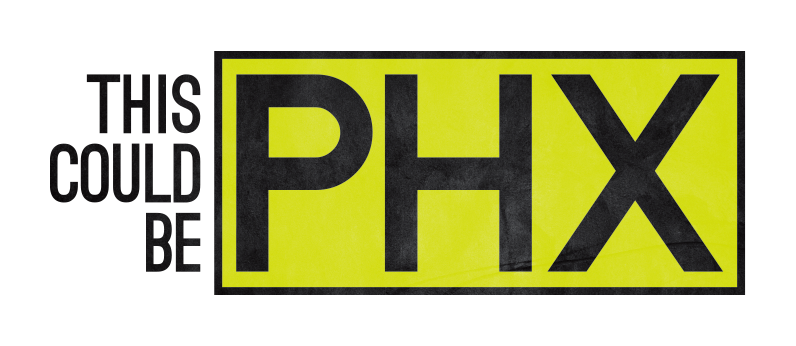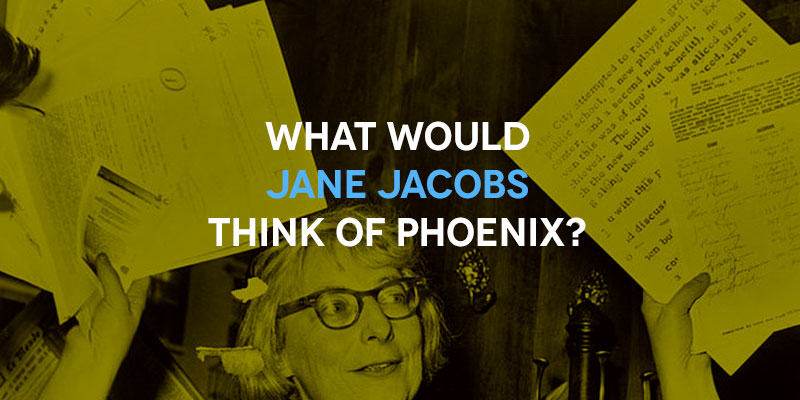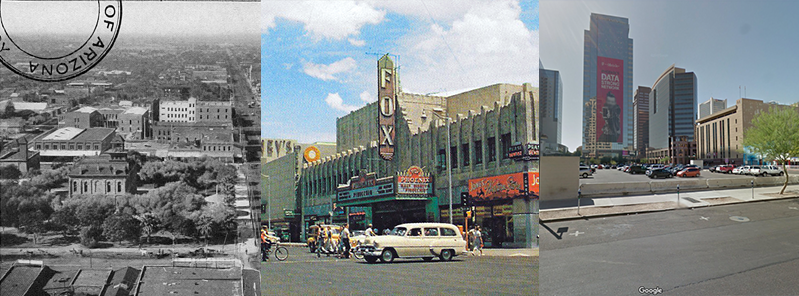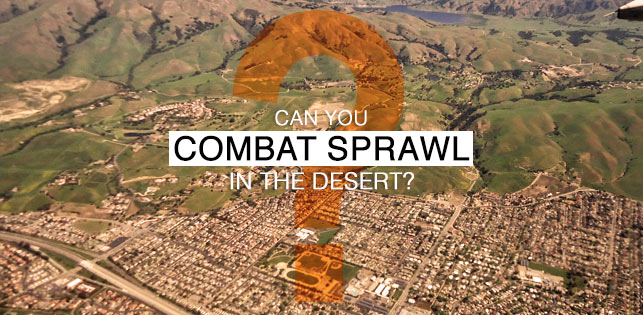Often times when I speak to people about Phoenix who are visiting here for the first time, they comment on how different it is than wherever it is they came from. This doesn’t seem like a revelation, in and of itself, but it’s
why they are saying it that counts.
The greater Phoenix area is the quintessential “west,” at least in an historical sense. People came here for the space and opportunity they didn’t have “back east.” They came here for dry weather and perfect winters. They came here for breathtaking scenery and unbelievable sunsets. And frankly, who could blame them? The problem is, some of the very reasons this city developed the way it did is because of
why it was developed at all.








